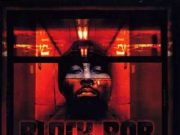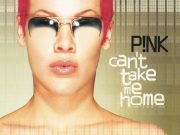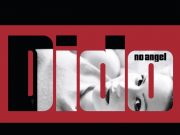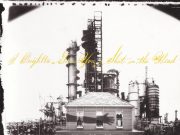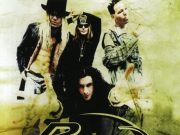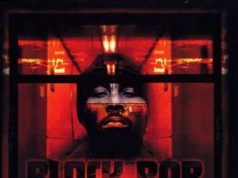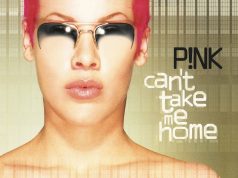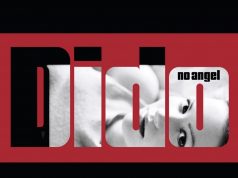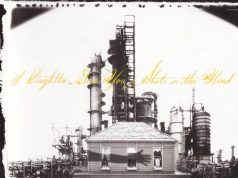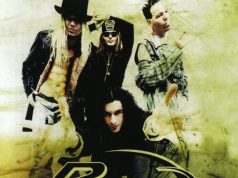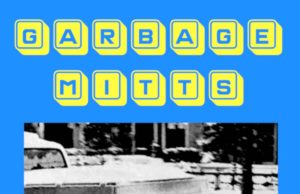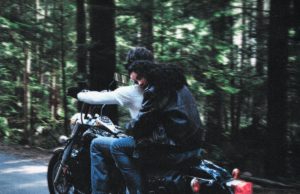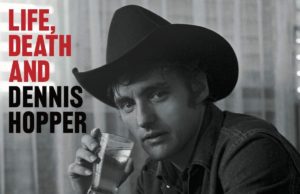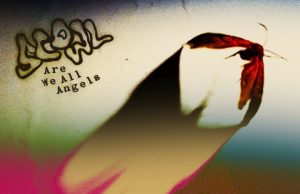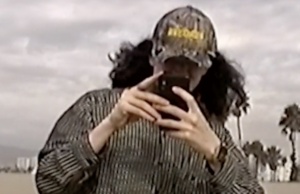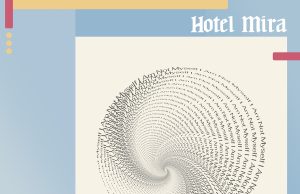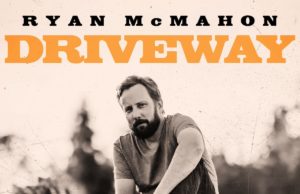 My love affair with Pink Floyd began when I was seven years old — being rewarded with a copy of the Another Brick In The Wall (Part 2) / One Of My Turns single by my brothers for good behaviour on their babysitting watch.
My love affair with Pink Floyd began when I was seven years old — being rewarded with a copy of the Another Brick In The Wall (Part 2) / One Of My Turns single by my brothers for good behaviour on their babysitting watch.
This led to me repeatedly borrowing the Pembroke Public Library’s vinyl copy of The Wall, even though the first LP of the two-record set was missing. I put on little concerts in my brother’s basement bedroom using Xmas lights. He had a much better stereo than I did.
Then I finally mustered up the courage to put on my other brother’s copy of Dark Side Of The Moon, and — as instructed — listened to it on headphones. Suddenly, Pink Floyd was the only thing I wanted to know about. I got a copy of the Harmony Encyclopedia of Rock via a school book order, and read and re-read the section on Floyd. My first purchase was a copy of the 1981 compilation A Collection of Great Dance Songs, with its abridged versions of Sheep, Shine On You Crazy Diamond and a re-recording of Money by David Gilmour. The standout track on this for me was One Of These Days, so, 1971’s Meddle became the first proper album of theirs I ever bought.
The Harmony Encyclopedia of Rock gave me a band bio, photos and a discography — so I knew the band had done some soundtracks in the years before the fame Dark Side Of The Moon brought them. By the late 1980s, two of these were still fairly easy to find. I managed to get all of them with one exception — which still eludes me four decades later.
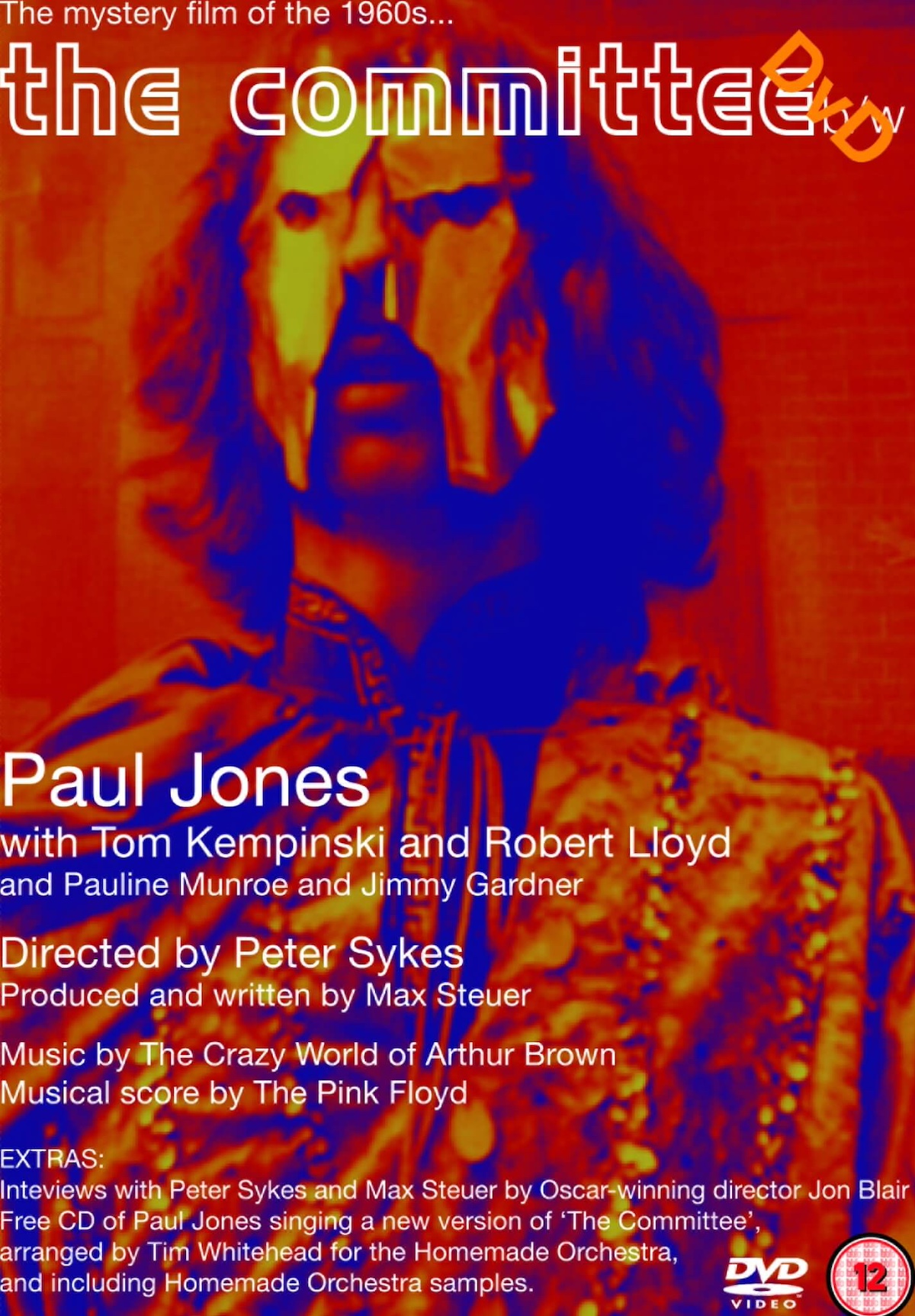 Let’s examine Floyd’s soundtrack work, beginning with the one I haven’t managed to get my hands on because it’s never seen an official release: The Committee. The 1968 film is available to watch on YouTube. The black-and-white movie is just under an hour long. It was made by the BBC and rookie director Peter Sykes — an Australian who emigrated to the U.K. in the early ’60s. Sykes’ first project was a documentary about Australian surfers called Walkabout To Cornwall. He was then tasked with creating a series of films for the British pavilion at Expo ’67 in Montreal. London economist Max Steuer saw the surfer documentary and was impressed. He hired Sykes to direct a film he’d written called The Committee. I found Steuer’s bio, which makes him sound like a story in his own right — “I was a hot air balloonist with world records for altitude, distance and duration in 1984. I am also a keen musician and play bass guitar, and produced and wrote the script for the feature film The Committee.”
Let’s examine Floyd’s soundtrack work, beginning with the one I haven’t managed to get my hands on because it’s never seen an official release: The Committee. The 1968 film is available to watch on YouTube. The black-and-white movie is just under an hour long. It was made by the BBC and rookie director Peter Sykes — an Australian who emigrated to the U.K. in the early ’60s. Sykes’ first project was a documentary about Australian surfers called Walkabout To Cornwall. He was then tasked with creating a series of films for the British pavilion at Expo ’67 in Montreal. London economist Max Steuer saw the surfer documentary and was impressed. He hired Sykes to direct a film he’d written called The Committee. I found Steuer’s bio, which makes him sound like a story in his own right — “I was a hot air balloonist with world records for altitude, distance and duration in 1984. I am also a keen musician and play bass guitar, and produced and wrote the script for the feature film The Committee.”
The script is bonkers. It starts with the star, played by original Manfred Mann lead vocalist Paul Jones, getting picked up hitchhiking. The driver, played by Tom Kempinski, stops the car to check on the engine. Jones slams the hood down on his head repeatedly until Kempinski is decapitated. His head is sewn back on, which somehow revives him. After a few years, Jones is appointed to a committee of 300 people who are apparently in control of keeping “the system” running. The film takes place as the committee has gathered for a weekend retreat in a country estate. During the retreat, committee members can go swimming, boating and play tennis when they’re not working. There is a dance one evening featuring The Crazy World of Arthur Brown.
Jones is convinced the committee exists because of what he did to the driver victim years earlier — and actually runs into the victim at the estate. The victim, however, doesn’t seem to remember his attacker. Jones seeks out the committee’s chairman and discusses this for the remainder of the film. At the end of the weekend retreat, Jones meets a woman with bags packed, also about to leave. She offers him a ride. The part of the film where Jones is speaking to the committee director is where you hear the bulk of the music Pink Floyd provided for the film, but some is also used during establishing shots of the central character’s workplace, before the committee is created and they attend the retreat. Pink Floyd appear to have crafted seven pieces of music for the film, one which is clearly an early version of Careful With That Axe, Eugene. It starts here and continues for a few minutes:
No soundtrack album was ever officially made, but several bootlegs exist. You can buy them on Discogs occasionally — but as soon as the site discovers the releases are unofficial, they are made unavailable. I’ve never heard one and can’t vouch for their sound quality. I found one for sale at the moment, for nearly $600 USD.
In 2016, the band released The Committee (film with soundtrack but not the isolated music) on Continu/ation, which is Vol. 7 of The Early Years box in 2016. Continu/ation also includes the full films of More (1969) and La Vallée (1972), which both feature soundtracks by Pink Floyd.
Those two films were written and directed by Barbet Schroeder. The (as of this writing) 82-year-old has had a long and wildly varied career. He started out making celebrated French New Wave films for his own production company — More, being the first of these, Nearly two decades later he was nominated for a Palme d’Or for 1987’s Barfly, then an Oscar for 1990’s Reversal of Fortune. This led to a string of Hollywood big-budget films, before taking small acting roles in Beverly Hills Cop III and Mars Attacks!
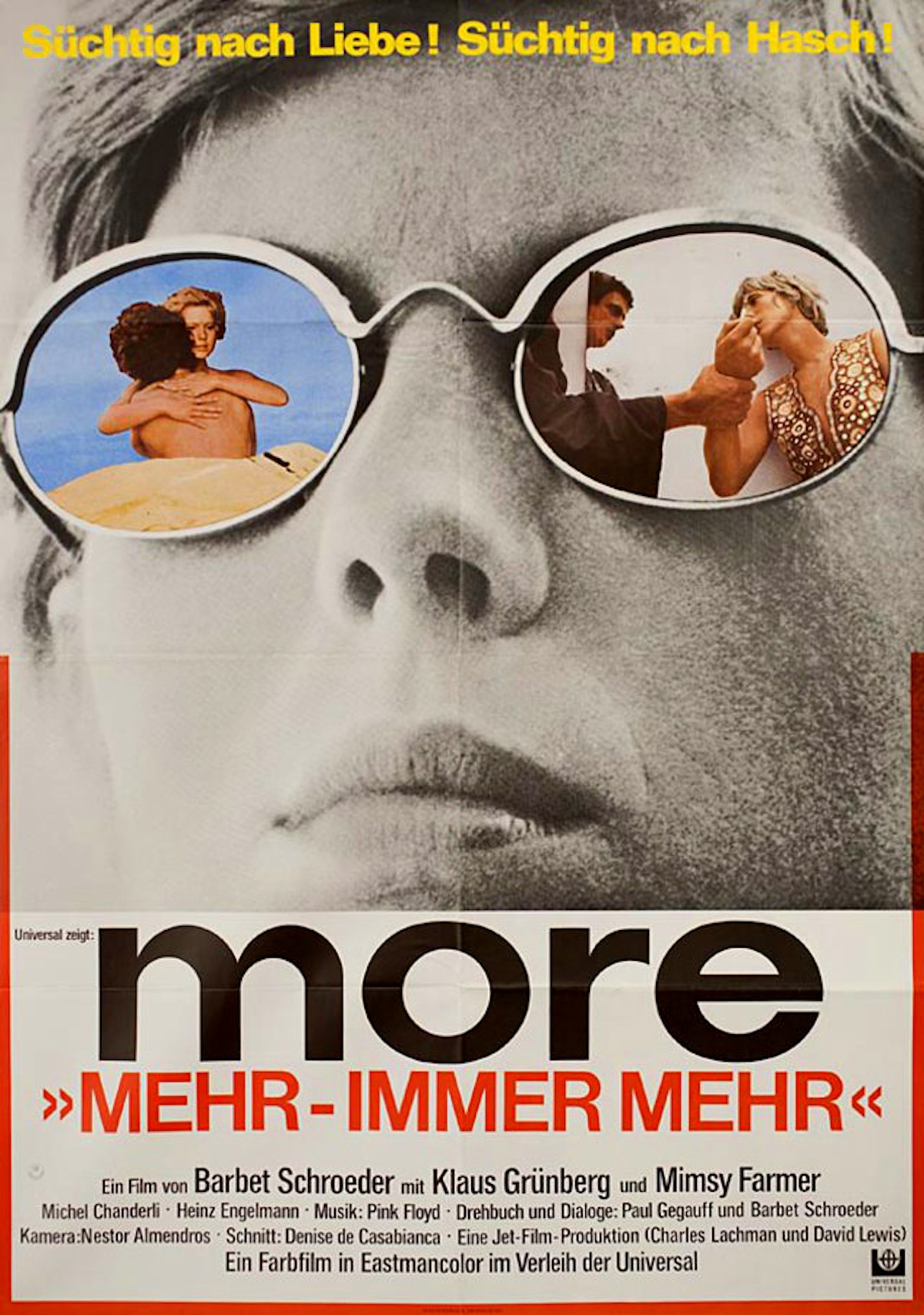 More was a European hit — a romantic drama which deals with heroin addiction and the free-love counterculture of Ibiza. The soundtrack is considered part of the Pink Floyd discography — typically listed as their third studio album, and the first full album after the departure of Syd Barrett. As such, it is readily available for sale. To see how the music was used in the film, check out More in its entirety on YouTube.
More was a European hit — a romantic drama which deals with heroin addiction and the free-love counterculture of Ibiza. The soundtrack is considered part of the Pink Floyd discography — typically listed as their third studio album, and the first full album after the departure of Syd Barrett. As such, it is readily available for sale. To see how the music was used in the film, check out More in its entirety on YouTube.
La Vallée — Schroeder’s second film — came out three years later. Like More, the soundtrack was also released by the band as part of their studio album discography. However, in this case, they renamed it Obscured By Clouds — their seventh studio LP, and the immediate predecessor to Dark Side Of The Moon.
The movie follows the wife of a French diplomat in Australia. Bored, she travels to New Guinea and follows a group of explorers in search of the feathers of the bird of paradise. She is seduced by one of the explorers and decides to stay with them instead of returning to her husband. They go in search of an unexplored valley and meet up with isolated tribes of Papuans.
Aside from Pink Floyd At Pompeii (filmed in 1972 and released in 1973) and The Wall (1982), this was the band’s last involvement with films and soundtracks. There’s a great playlist of La Vallée clips and trailers on YouTube, which you can watch for free:
The Committee wasn’t Pink Floyd’s first attempt at a soundtrack. In 1962, British conceptual artist John Latham created an 11-minute animated film called Speak. It was a series of illustrations shown in rapid succession that produced a strobe effect. In 1966-67, Pink Floyd made a name for themselves around London for performing improvisational psychedelic music, accompanied by slide projection light shows. Latham believed the band would be a perfect fit to provide a soundtrack for Speak. On Oct. 20, 1967 the band — which still included Barrett — recorded nine pieces of music to accompany the film. This was done at De Lane Lea Studio during the same sessions that produced Jugband Blues, Remember A Day and Vegetable Man. Latham rejected the recordings Floyd made, but they were released in 2016 on Cambridge St/ation, which is Vol. 1 of The Early Years box set. Here’s Latham’s film, synched with the music the band made:
One other key film soundtrack the band did was for Michelangelo Antonioni’s 1970 film Zabriskie Point. This soundtrack, which also includes music by Jerry Garcia, The Grateful Dead and The Youngbloods, is pretty easy to get your hands on. However, The Early Years contains several Pink Floyd outtakes, and songs which weren’t on the soundtrack. Many of them are actually quite great — I’ve included them on a playlist of Floyd soundtrack stuff below.
The movie surrounds a student protester named Mark who is found guilty of killing a police officer after a clash in Los Angeles. Mark flees in a stolen plane and lands at Zabriskie Point in Death Valley. One interesting song from the soundtrack which wasn’t issued on the album is from The Violent Sequence — a 20-minute suite of songs recorded for the film. One part of it, Heart Beat Pig Meat, is the opening cut on the soundtrack album, but the best-known part is an instrumental piece written by Rick Wright called The Riot Scene. Fans will recognize it as basically the music for what would go on to become Us And Them from Dark Side Of The Moon.
The soundtrack is the best thing about the universally panned film, except perhaps for the famous explosion scene which uses Pink Floyd’s Careful With That Axe, Eugene to great effect. The song is renamed Come In Number 51, Your Time Is Up, on the soundtrack.
The other film I’ve sought out due to their Floydian connections include the 1967 documentary Tonight Let’s All Make Love In London, which features the band performing Interstellar Overdrive. The original 1968 album features only short sections of the song, but reissues in 1990, 1996 and 2001 include the full 16-minute-plus performance, along with an unreleased 11-minute instrumental dubbed Nick’s Boogie.
Then there’s the 1970 science documentary The Body, made by Roy Battersby — curiously, the same guy who made A Touch Of Frost, Cracker and Inspector Morse. Turns out he also made a number of scientific documentaries for the BBC. The Body — made using newfangled micro cameras that could go inside the human body — featured a musical score by Roger Waters and Ron Geesin — primarily using the human body as the primary instrument. Waters also narrates one section. The Waters-Geesin collaboration predates Geesin’s work writing and conducting the orchestration of the title track from Pink Floyd’s Atom Heart Mother.
The other reason why I include it here (and not any of the four film soundtracks Nick Mason did with Rick Fenn in 1986 and 1987), is the entire band (plus Geesin on piano) features on the soundtrack album’s closing song, Give Birth To A Smile. Gilmour, Mason and Wright received no credit, though. So, perhaps this is an actual Pink Floyd song:
Those who have seen the film and heard the soundtrack album will notice the music on the album is a re-recording of the soundtrack. It contains a song called Breathe, not to be confused with the Dark Side Of The Moon track — but perhaps influencing it. The version heard on The Body is a Waters ballad similar to If from Atom Heart Mother or Grantchester Meadows from Ummagumma.
Finally, there was never a legitimate soundtrack album for The Wall movie, even though it did feature a variety of different versions of the songs than those found on the 1979 studio album. Notably, the film included the track When The Tigers Broke Free, which is now part of new pressings of 1983’s The Final Cut. The original 1979 album contains the lyrics for What Shall We Do Now?, but not the actual song — which does appear in the film in place of Empty Spaces. The original album lyrics for the song Mother include the line “Mother, am I really dying” even though what is sung instead is “Mother, is it just a waste of time?” The film features a re-recording of the song (except Gilmour’s guitar solo) which reinstates the original lyric. Also, the film’s versions of In The Flesh? feature Bob Geldof on vocals. Another Brick In The Wall (Part 3) was completely re-recorded faster. Bring The Boys back Home and Outside The Wall were also re-recorded entirely.
Pink Floyd-Related Film Scores & Soundtracks:
Speak (1967)
Tonight Let’s All Make Love In London (1967)
The Committee (1968)
More (1969)
Zabriskie Point (1970)
Music From The Body (1970)
La Vallee (Obscured by Clouds) (1972)
Pink Floyd At Pompeii (1973)
The Wall (1982)
• • •
Area Resident is an Ottawa-based journalist, recording artist, music collector and re-seller. Hear (and buy) his music on Bandcamp, email him HERE, follow him on Instagram and check him out on Discogs.


